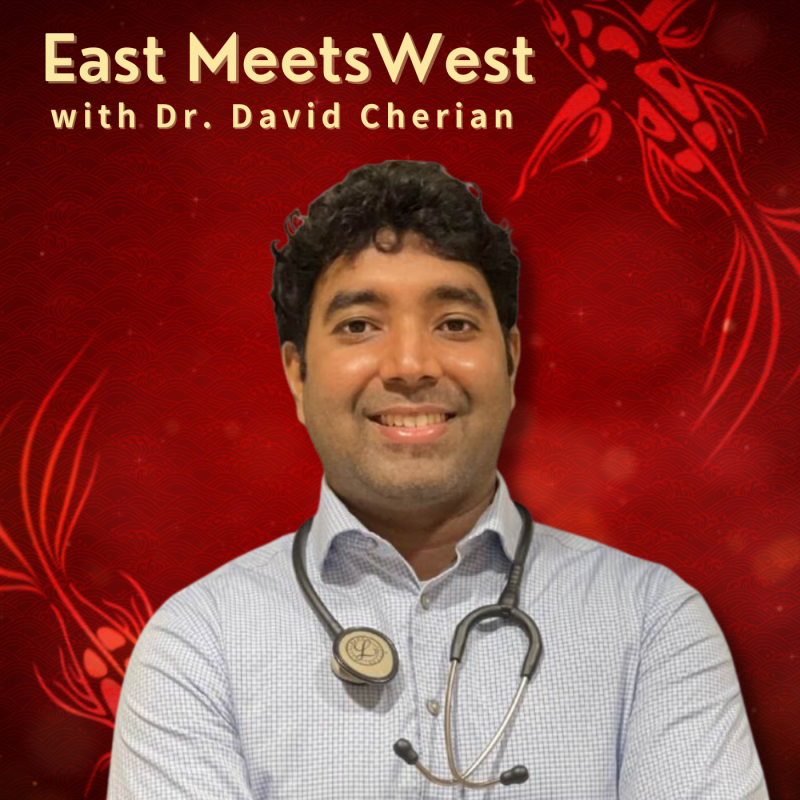Ankylosing Spondylitis: A Painful Spine Condition that Chinese Medicine Can Help With
Ankylosing spondylitis is a chronic inflammatory disease that can cause joint damage – sometimes permanent damage. The exact underlying cause isn’t well known, though genetic factors are suspected.
Early treatment is recommended for the condition to prevent long-term joint damage in the spine or hip. That treatment typically includes medication, or in rare cases, surgery. Other options include Chinese medical treatments, such as acupuncture and herbal therapies. Let’s look at both options and learn more about how they can help people suffering from the condition.
What is Ankylosing Spondylitis?
Ankylosing spondylitis is a form of arthritis that primarily affects the sacroiliac joint – the joint that connects the base of the spine to the hip. Termed sacroiliitis, chronic inflammation in this area is one of the first signs of ankylosing spondylitis.
In most people, ankylosing spondylitis is progressive. Once it emerges, the condition usually worsens with time and spreads to other joints, including the shoulders, knees, and pelvis. Even worse, chronic inflammation may result in new bone formations that essentially fuse vertebrae together. Known in Chinese medicine as “bamboo spine,” this spinal fusion can result in lower back stiffness and loss of spinal mobility. In severe cases, the spine may develop a curve that causes the patient to stoop while walking.
Fortunately, ankylosing spondylitis is treatable, to the point where the disease’s progression can be slowed or even stopped.
What Are the Symptoms and Causes of Ankylosing Spondylitis?
There is a strong genetic component associated with ankylosing spondylitis. In people with the HLA-B27 gene, there’s a higher chance of developing the condition, though not everyone with the gene will suffer from ankylosing spondylitis. Smoking is a known risk factor and can make the disease worse. As such, doctors recommend smoking cessation as a way to offset the condition’s progression.
In people with ankylosing spondylitis, symptoms may include:
- Pain in the lower back or buttocks. This pain tends to be worse during periods of inactivity and can wake people who are sleeping.
- Neck pain
- Fatigue
- Eye inflammation and blurred vision
If left untreated, the patient’s vertebrae may fuse and cause stiffness and an altered spinal curve.
How is Ankylosing Spondylitis Treated by Western and Eastern Medicine?
Western medicine addresses ankylosing spondylitis with medication and, for intractable cases, surgery. The first line of treatment is usually an NSAID (non-steroidal anti-inflammatory), like the kind you’d see over the counter. Dosage tends to be higher for ankylosing spondylitis, which can lead to side effects like stomach ulcers. A second line of drug treatment involves the use of tumor necrosis factor (TNF) or interleukin-17 inhibitors, both of which are implicated in the condition’s presentation and progression.
Other forms of treatment include physical therapy and exercise, which can improve pain and stiffness associated with ankylosing spondylitis.
Chinese medicine practitioners take a different approach to treatment. From a practitioner’s perspective, ankylosing spondylitis is caused by “damp heat.” In Chinese medicine, dampness refers to an excess of water content in the body and can cause disease. The same is true of excess heat in the body.
Acupuncture and herbal therapies are both recommended in treating ankylosing spondylitis. The target is the kidneys, which Chinese medicine practitioners have linked to bone health.
The primary herbal concoction for ankylosing spondylitis is Er Miao San. It only includes two herbs – Huang Bo (phellodendron bark) and Cang Zhu (black atractylodes rhizomes). Together, these herbs are used to resolve conditions caused by damp heat, including lower joint pain and osteoarthritis. Er Miao San is also used to fortify the spleen and kidneys, which can help resolve the damp heat conditions giving rise to ankylosing spondylitis symptoms.
Acupuncture and Ankylosing Spondylitis: How Treatment Can Help
Acupuncture is also considered a promising therapeutic option and may be used as a frontline treatment for pain relief or used as an adjunct to other forms of treatment. In fact, acupuncture is used for a large variety of pain conditions, including back pain, neck pain, hip pain, shoulder pain, and pain associated with arthritis.
The exact mechanisms fueling acupuncture’s efficacy aren’t completely known, but a widely accepted theory involves acupuncture’s effects on the nervous system.
During acupuncture treatments, the acupuncturist will lightly insert a thin-gauge, sanitized needle into the skin. Not deep enough to cause pain or bleeding, but deep enough to stimulate nearby nervous tissue. It’s not a coincidence that traditional acupuncture points are located where nerves are also located.
This stimulation isn’t painful. It’s the opposite, in fact. When activated by acupuncture needles, the body’s nervous system responds by releasing opioid-like biochemicals into the bloodstream. These are used to modulate pain signaling to the brain, resulting in relief.
Acupuncture treatment also releases anti-inflammatory compounds into the blood, which can further reduce ankylosing spondylitis symptoms. Acupuncture has also shown promise in treating fatigue, which is also associated with the disease.
Acupuncture and Herbal Therapies May Relieve Ankylosing Spondylitis Pain
Acupuncture and herbal formulas are natural treatment options that use the body’s own self-healing and self-regulating mechanisms to resolve pain and other ankylosing spondylitis symptoms. Both modalities can also be used to offset the adverse effects associated with drug and surgical treatments.
Before embarking on herbal therapy or acupuncture, it’s important to consult with a Houston Chinese medicine physician. A Houston practitioner can provide optimal herbal dosing and will be able to deliver targeted, safe acupuncture treatments for ankylosing spondylitis.
- What Does Acupuncture Do for Your Body? - September 26, 2025
- Finding a Licensed Acupuncturist in Houston - November 20, 2024
- Can Acupuncture Help with Weight Loss - October 28, 2024

